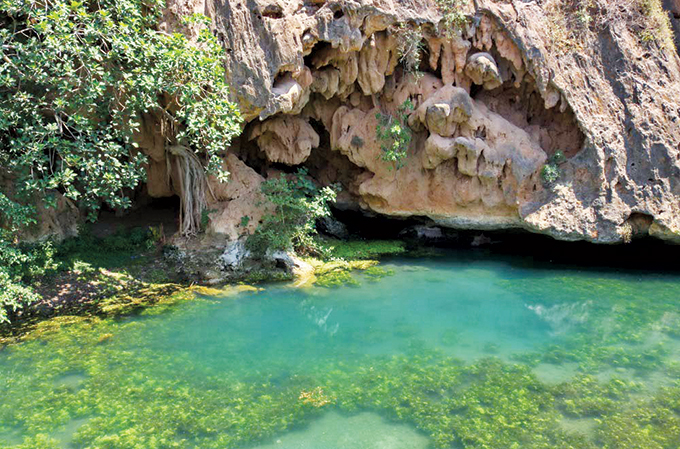

A whopping 597,009 GCC nationals visited the Sultanate during this period, topping the list of five leading source markets that visited Oman.
This is followed by 204,848 travelers from India, 102,325 visitors from Germany, 88, 787 visitors from UK and 47,393 from China. An overall increase of 25. 8 per cent in inbound visitors was also recorded in June 2019 compared to the same period last year.
In the month of June alone, 119,000 GCC nationals thronged Oman’s leading tourism spots, accounting for a 46 per cent growth compared to 109, 000 visitors who visited Oman during the same period in 2018. In light of the surge in numbers, Oman Ministry of Tourism is now focusing on a variety of segments such as adventure tourism, cultural tourism, family tourism and business and corporate tourism. Besides, in view of the spike in the number of tourism market-based representatives, the Ministry is also working towards increasing the number of direct flights to and from Oman and diversifying tourism offerings to include leisure, travel and MICE segments.
Salem Adi Al Mamari, director general of the Tourism Promotions department at Oman Ministry of Tourism, said: “The significant spike in tourist numbers during H1 2019 is the direct result of our sustained efforts, which includes campaigns, initiatives and programs designed to raise the country’s tourism profile and attract investments to the sector. In line with the Oman Tourism Strategy to welcome 11 million tourists by 2040, the Ministry also conducted a series of initiatives, which we believe have contributed to this overwhelming response from GCC visitors. This will definitely serve as a boost to our ongoing efforts, and we look forward to further intensifying activities in partnership with both the private and the public sectors by launching new and unique attractions, services and promotions.”
In yet another testament to the success of the Ministry’s efforts in promoting Oman’s unique tourism offerings before regional and global markets, Oman’s ports welcomed 298 cruise ships during 2018-19 compared to 192 that arrived during 2017-18, posting a 3.6 per cent growth in the number of cruise ships.
While Port Sultan Qaboos received 147 cruise ships, Khasab Port and Port of Salalah received 72 and 79 respectively. The total number of cruise ships visitors who visited Oman between January and June 2019 was 189,000. This consisted 68,980 Germans, 21,949 British tourists, 16,277 Italian tourists, 10,342 Spaniards and 8,301 Americans. Around 91.1 per cent of the visitors in June 2019 were from Oceania countries, with Australians making up for 72.6 per cent of the total number.
Half-yearly hotel revenues cross $300m
OMAN recorded a total of 872,000 guests staying in the sultanate’s three- to five-star hotels between January and June, generating RO116 million ($300.4 million) in revenues, new data showed.
According to statistics provided by Oman’s National Centre for Statistics and Information, in June alone, Oman’s hotel establishments welcomed 115,000 guests. During this period, the total occupancy rate in hotels rose to 37.6 per cent from last year’s 36.1 per cent. In terms of revenues, three- to five-star hotels generated RO11.4 million ($29.5 million) in the month of June compared to RO8.5 million ($22 million) in June 2018, posting a 34 per cent rise.
In addition, a total of 1,081 rooms have been added into Oman’s hospitality sector, with the largest number of units being added in the capital, Muscat.
In view of the rising demand from tourists flocking to the country, Oman’s Ministry of Tourism is working on the development of more mid-market hospitality properties across the country. In this regard, the Ministry of Tourism has identified 14 designated areas for tourist clusters. Packages of hotel and entertainment projects have been envisioned for each of these areas, featuring attractions and landmarks that offer excellent accommodation, transport, infrastructure and auxiliary services for tourists.
